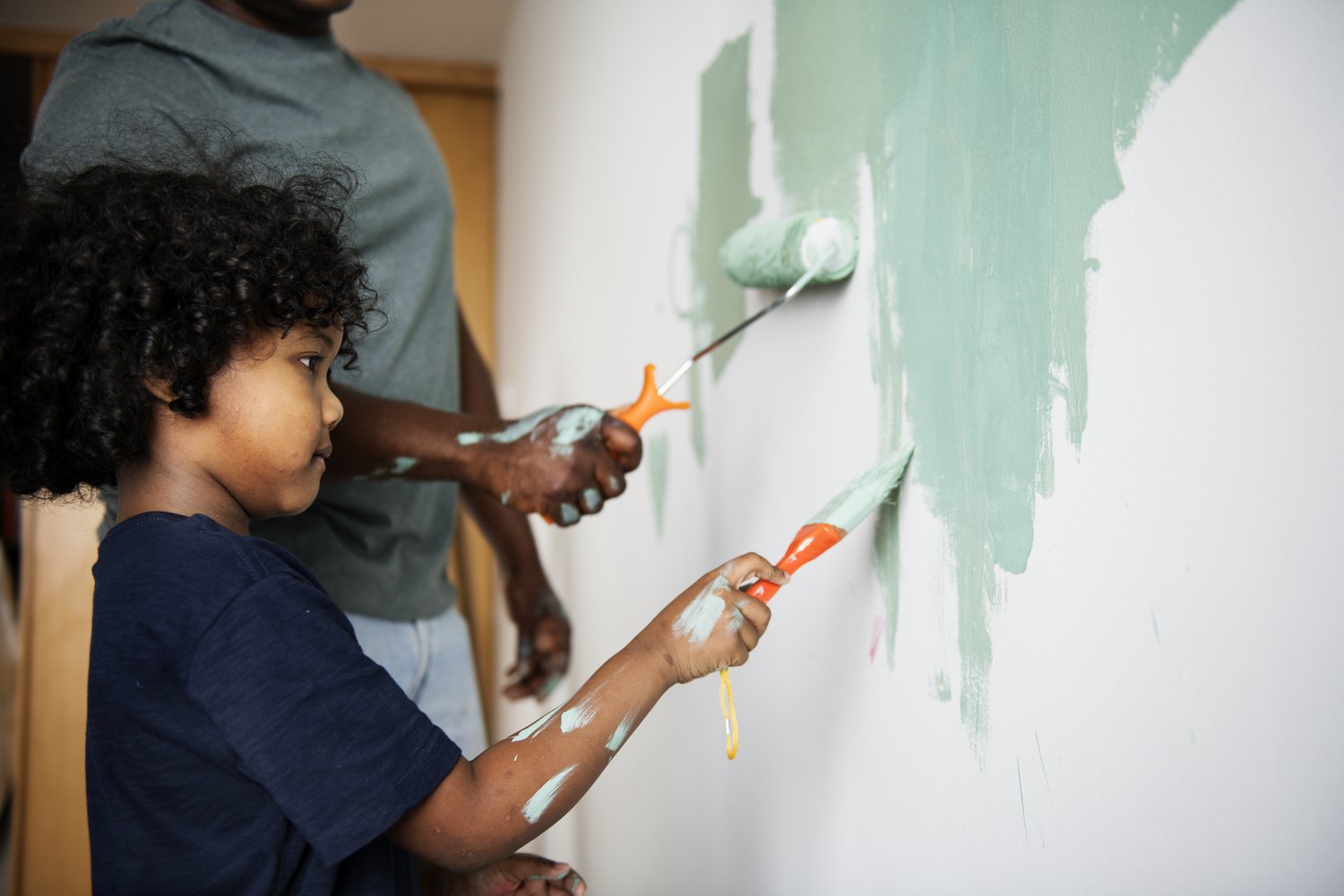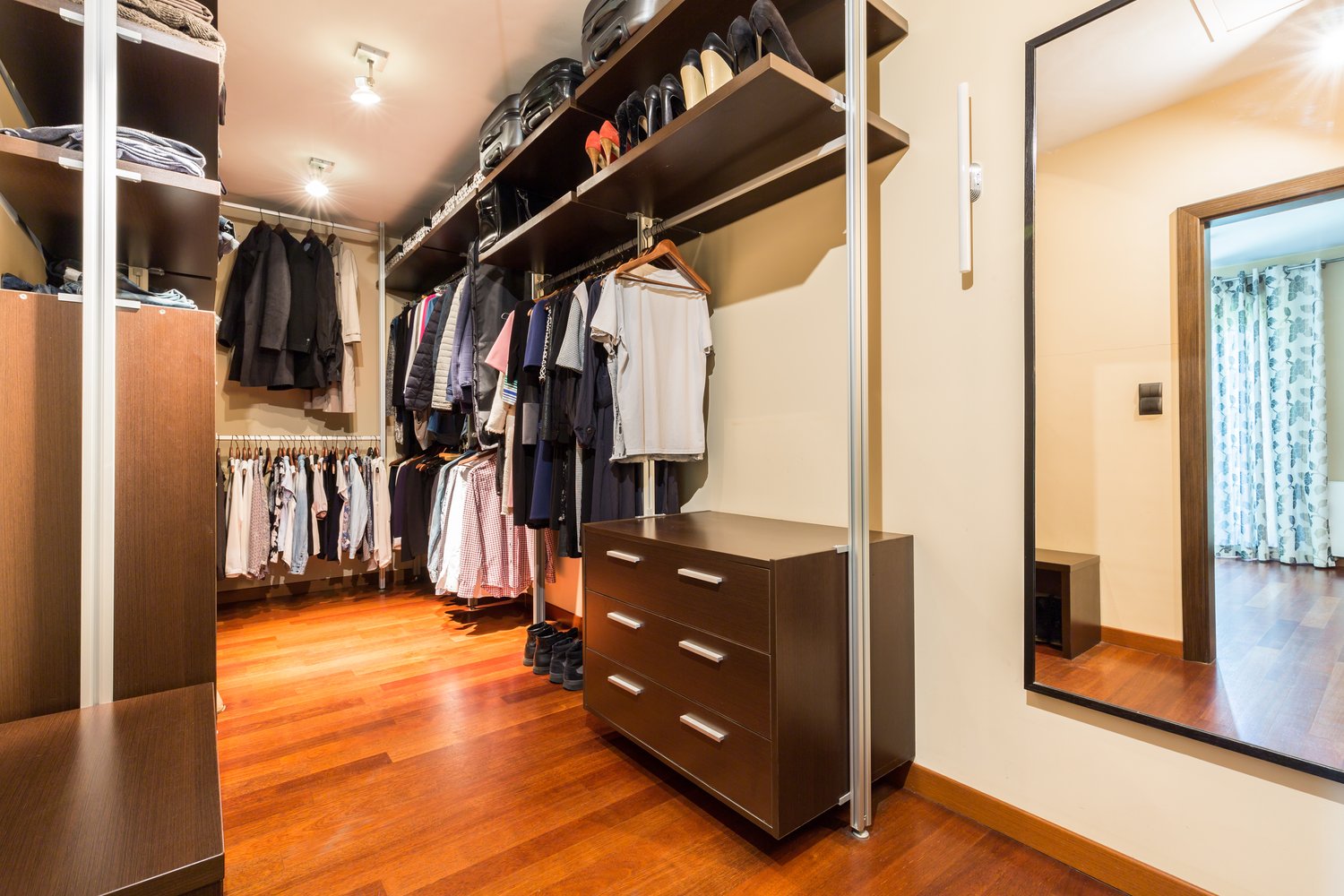Winter is an ideal time for interior painting projects, offering a fresh look without the humidity and temperature fluctuations of summer. While many homeowners associate painting with warmer seasons, professional painters know that winter conditions can provide excellent results. The dry indoor air allows paint to cure properly, and scheduling a professional during this season often means faster availability and competitive pricing.
Choosing the Right Colors for a Cozy Winter Interior
Selecting the perfect color palette can transform a room into a warm and inviting space. Soft neutrals, such as warm grays, taupes, and creamy whites, create a soothing atmosphere, while deeper hues like navy, forest green, or rich burgundy add depth and sophistication. These tones reflect winter’s natural beauty while enhancing the overall aesthetic of a home.
Lighter shades can also make a space feel brighter, which is particularly useful during shorter daylight hours. For those looking to add a pop of color, jewel tones like emerald green or sapphire blue bring vibrancy without overwhelming the room. A professional painter can guide homeowners in selecting shades that complement their existing décor and lighting.
Why Winter Is a Great Time to Paint Indoors
Painting during winter comes with several advantages that many homeowners overlook. The reduced humidity levels help paint dry faster and more evenly, preventing streaking or bubbling. Since windows are often kept closed, dust and pollen are minimized, leading to a cleaner application.
Professionals also have better availability during the colder months, making it easier to schedule a project without long wait times. Many contractors offer off-season discounts, making winter an economical time to refresh interior spaces with a fresh coat of paint.
The Importance of Proper Surface Preparation
A flawless paint job starts with meticulous surface preparation. Cleaning walls to remove dust, oils, and grime ensures the paint adheres properly. Professionals often use mild detergents and degreasers to achieve a pristine surface. Any cracks or nail holes should be filled and sanded smooth before applying primer.
For older walls, a fresh coat of primer is essential to ensure even coverage and long-lasting results. This step is particularly crucial when transitioning from dark to light colors or covering stains. A professional painter will assess the condition of the walls and determine the best approach to achieve a seamless finish.
Selecting the Best Paint for Winter Interiors
The type of paint used can significantly impact the final look and durability of a project. Low-VOC (volatile organic compound) paints are ideal for winter painting since they emit fewer fumes, making them safer for indoor use. These environmentally friendly options dry quickly and provide excellent coverage.
For high-traffic areas such as hallways, kitchens, and living rooms, washable paints with a satin or semi-gloss finish offer durability and ease of maintenance. Matte finishes work well in bedrooms and ceilings, where a softer, more sophisticated appearance is desired. Consulting a professional painter ensures that the right paint type is selected based on the needs of each space.
Techniques for Achieving a Flawless Finish
Professional painters rely on expert techniques to achieve a smooth, professional-quality finish. Even, consistent brush strokes and rolling methods prevent streaks and lap marks. Using high-quality brushes and rollers ensures that the paint glides on smoothly and evenly.
Cutting in along edges before rolling the main sections of the wall creates clean, crisp lines. Multiple thin coats provide better coverage and a more polished look than a single heavy application. Skilled painters also understand how different lighting conditions impact color perception, making adjustments as needed for optimal results.
Optimizing Drying and Curing Conditions
Ensuring proper drying and curing is essential for long-lasting results. While winter air is drier, it’s important to maintain moderate indoor temperatures for optimal paint adhesion. Professionals recommend keeping the room between 60-70°F for the best outcome.
Using fans to circulate air helps speed up drying time, but direct heat sources should be avoided, as they can cause uneven drying. Proper ventilation is also important, especially when using oil-based paints or primers. Hiring a professional ensures that environmental factors are carefully managed for a flawless finish.
Enhancing Interior Spaces with Accent Walls
Accent walls offer a cost-effective way to add personality and depth to a room without committing to a full repaint. A strategically placed accent wall can serve as a focal point, drawing attention to architectural details or key design elements.
Deep hues like charcoal, navy, or terracotta make a bold statement, while softer shades like sage green or dusty rose create a more subtle effect. A professional painter can provide insights into which wall and color choices will best enhance a room’s layout and lighting.
Finding the Right Professional for Your Winter Painting Project
While painting may seem like a straightforward task, hiring a professional ensures a high-quality, long-lasting result. From expert color selection to meticulous surface preparation and application techniques, professionals have the skills and experience to bring a vision to life.
For homeowners looking to update their interiors this winter, AskHomey.com connects you with experienced painting contractors who specialize in transforming spaces efficiently and beautifully.
For more home improvement inspiration, follow us on Instagram and Facebook.



